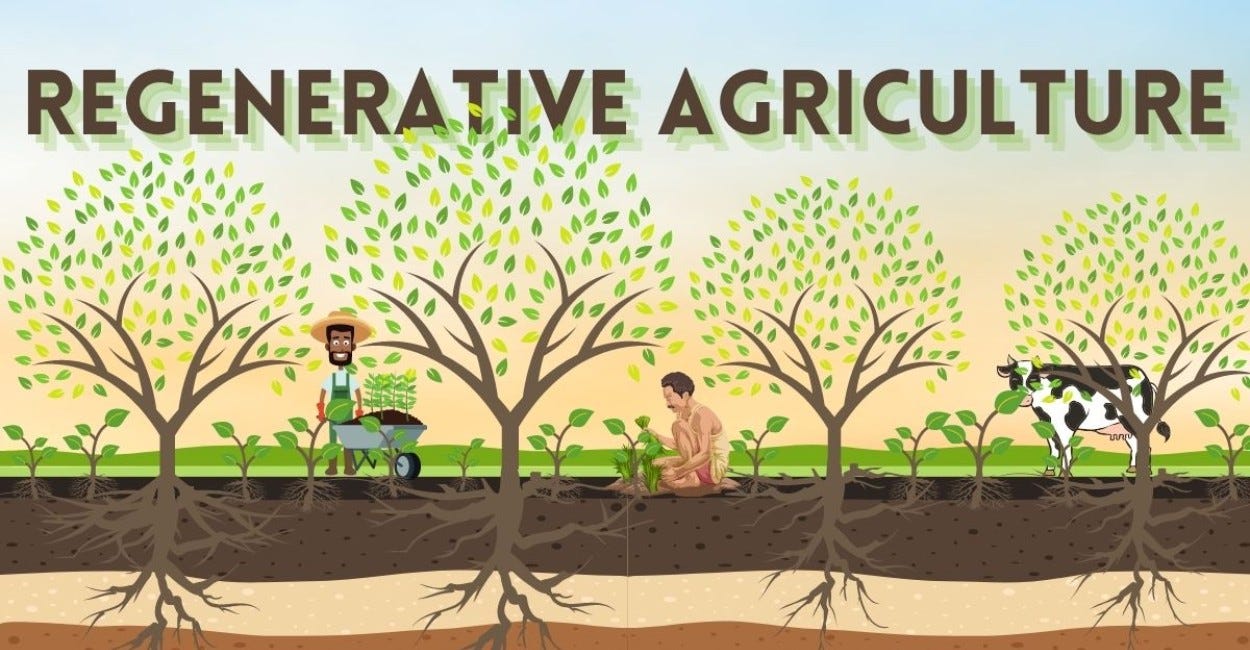Introduction
"If you’ve never heard about the amazing potential of regenerative agriculture and land use practices to naturally sequester a critical mass of CO2 in the soil and forests, you’re not alone. One of the best-kept secrets in the world today is that the solution to global warming and the climate crisis (as well as poverty and deteriorating public health) lies right under our feet, and at the end of our knives and forks”.
-Ronnie Cummins, Regeneration International Steering Committee Member
Issue
The loss of Earth’s biological diversity and rich soil, along with the disappearance of indigenous seeds of wisdom, pose a fatal hazard for the near future. Soil is a finite resource, meaning degradation and loss is not recoverable within a human life cycle. According to scientists, due to the current rates of soil degradation, (erosion, desertification, chemical pollution, decarbonization, etc.), within 50 years, humans will undergo severe health challenges. They will not have enough food to feed themselves.
Definition
Regenerative agriculture is a conservation approach to agriculture and farming systems. It focuses on increasing biodiversity, topsoil regeneration, improving the water cycle, and increasing adaptability to climate change through various farming methods.
Process
Regenerative agriculture technologies lead to healthy soil, capable of producing high-quality, nutrient-dense food while simultaneously improving, rather than degrading land. Cover cropping is an excellent example of regenerative agriculture: the process of planting crops in bare soil that once provided a cash crop. As cover crops keep living roots in the ground, they increase water retention, reduce soil erosion, and improve soil health. Another example is rotational grazing, which mimics how livestock moves across pastures. This practice moves herds between grasslands regularly; this allows pasture grasses time to regrow and improves soil fertility. These examples are just two emerging technologies out of a plethora of regenerative farming ideas that will change agriculture's future.
Conclusion
If regenerative farming is put into practice shortly, the industrial damage the land has received will cease to exist. These practices will reduce erosion and water pollution, producing healthier soils. The utilization of cover crops and no tilling techniques will reduce soil erosion. Using fewer chemicals in farming practices leads to less chemical pollution. This directly impacts groundwater by reducing the quantity of chemicals in it. Hence, the drinking water will be naturally chemical-free, improving public health.
Written by Aanya Deshpande from MEDILOQUY




